Five things we learned from the 2019 Milan-San Remo
From Alaphilippe's first Monument to another near miss for Sagan, there's plenty to talk about
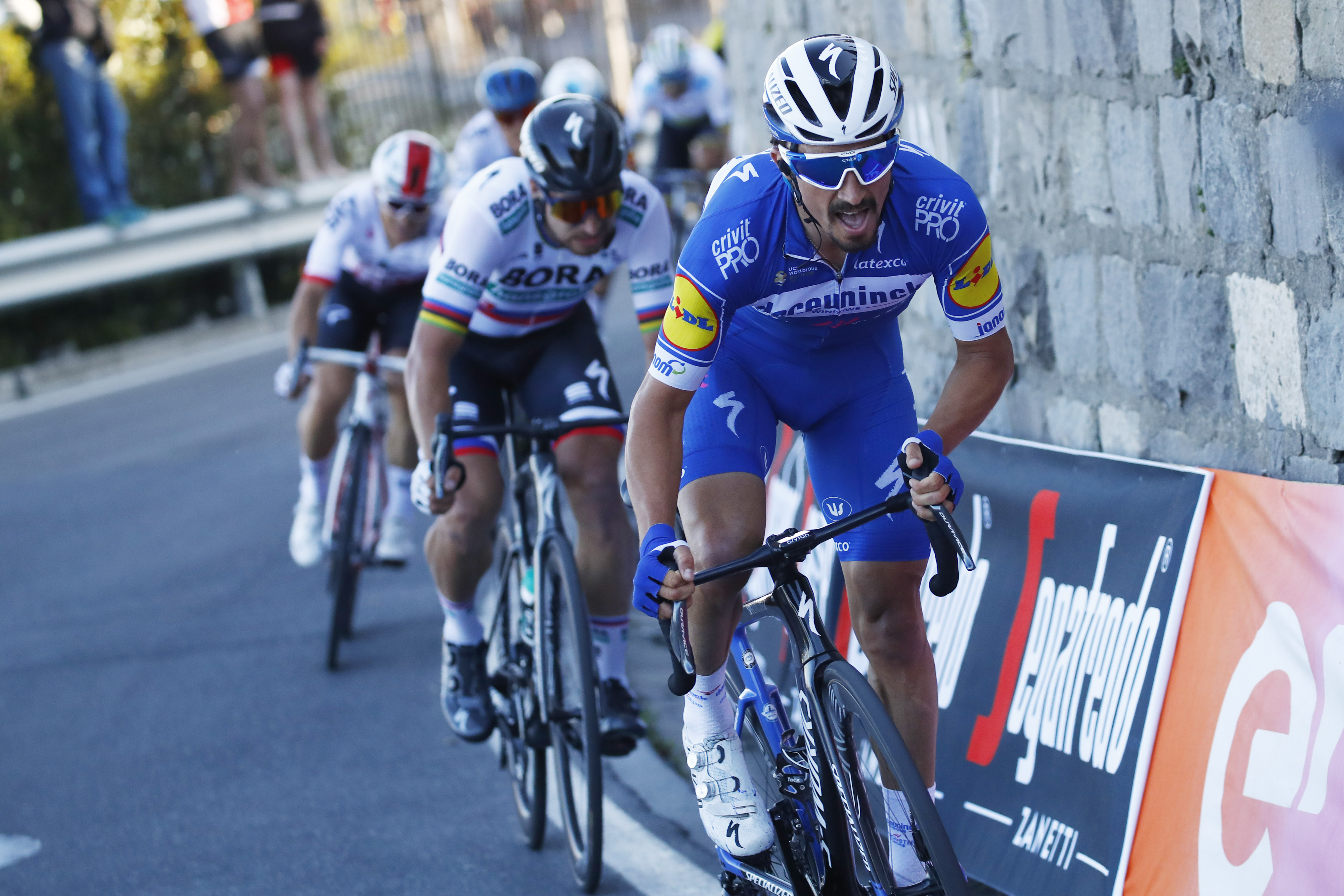
Here are the main talking points from the 2019 Milan-San Remo (Photo: Yuzuru SUNADA / Pool)
Delighted Alaphilippe wins his first Monument
There’s no question as to who the best rider of 2019 has been so far. Just two weeks after landing one of the season’s first major Classics, Strade Bianche, Julian Alaphilippe won the season’s first Monument, Milan-San Remo on Saturday (March 23). That’s his seventh win of the season, which includes a couple more WorldTour-ranked stages at Tirreno-Adriatico, and is the highest total anyone has mustered so far.
For all his success, Milan-San Remo is the big one. It’s the Frenchman’s first ever Monument victory, having come so close in previous years by podiuming here two years ago, as well as placing second at both Liège-Bastogne-Liège in 2015 and Il Lombardia in 2017.
For a non-specialist sprinter like Alaphilippe, Milan-San Remo is a very difficult race to win. The odds are generally weighted in favour of sprinters, and many world class puncheurs (like, for example, Alaphilippe’s teammate Philippe Gilbert) spend their whole careers making strong, bold attacks in vain.
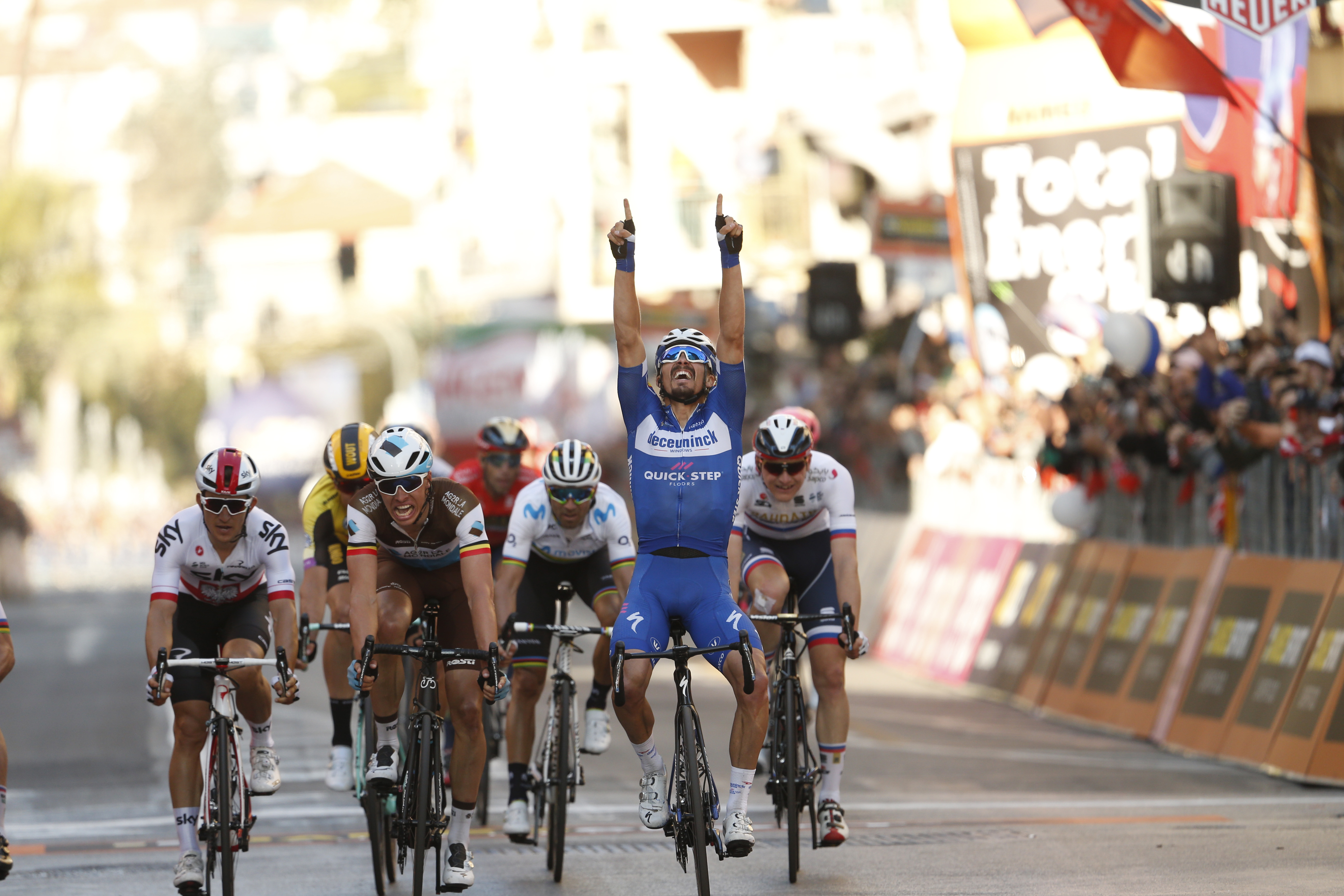
But the 26-year old road a textbook race, attacking on the Poggio to instigate the winning move, drifting to the back of it to preserve his energy, and only emerging at the front again to time his finishing sprint perfectly.
Whatever happens from now on, this win ensures that Alaphilippe’s season has been a success. But you expect that he’s far from finished - with the Ardennes Classics to come, this purple patch looks set to continue.
Deceuninck - Quick-Step continue invincible streak
Get The Leadout Newsletter
The latest race content, interviews, features, reviews and expert buying guides, direct to your inbox!
At the risk of sounding like a broken record, Deceuninck - Quick-Step once again rode a tactically perfect race, and once again came out triumphant - their fifth Classic victory already this spring.
On the Poggio, it became clear that they were all in for Alaphilippe. Zdenek Stybar and Philippe Gilbert moved to the front of the peloton to set a searing pace, and did not let up even when the team’s sprinter, Elia Viviani, began to fall adrift at the back of the peloton.
At the time, giving up such a strong card to play seemed like a considerable risk, but the team’s faith in Alaphilippe was justified when the Frenchman followed up an explosive attack with a superior sprint to win yet another Classic.
Cycling has rarely seen dominance of the kind Deceuninck - Quick-Step have enjoyed these past two seasons, and the team’s togetherness was summed up in one image at the finish - Stybar, Gilbert, Viviani and Yves Lampaert (all riders who set aside their realistic ambitions of winning themselves for the good of the team) crossing the line in unison, each with broad smiles painted on their faces.
An unusual finish
Most recent editions of Milan-San Remo tend to follow one of two clear templates - those that end in bunch finishes, and those in which a small breakaway on the Poggio succeeds.
This year, however, was unusual in terms of the size of the escape group that made it to the line to contest for victory. Alaphilippe instigated the action on the Poggio, but was followed by several other riders, and a total of seven crested the top together - him, Peter Sagan (Bora-Hansgrohe), Michał Kwiatkowski ( Team Sky), Oliver Naesen (Ag2r La Mondiale), Wout van Aert (Jumbo-Visma), Matteo Trentin (Mitchelton-Scott) and Alejandro Valverde (Movistar).
That group got even bigger when another flurry of stragglers led by Tom Dumoulin (Sunweb) bridged across on the descent, yet they remained cohesive enough to fend off the chasing peloton.
>>> Specialized and Peter Sagan collaborate on beautiful new S-Works colours
This being the third successive Milan-San Remo in which the sprinters were foiled - following three editions between 2014-16 which all ended in bunch sprints - you wonder whether the pendulum has shifted in favour of attackers over sprinters, perhaps because of smaller team sizes, or perhaps because of the wealth of quality puncheurs in the peloton at present.
Whatever the reason, the likes of Fernando Gaviria (UAE Team Emirates), Arnaud Démare (Groupama-FDJ) and Caleb Ewan (Lotto-Soudal) will need to devise a plan to control the attacks come next year’s edition.
Sagan frustrated again
One of the intriguing mysteries leading up to the race was whether Peter Sagan had the form and the fitness to at last win Milan-San Remo.
The former three-time world champion has been sick in the weeks preceding the race, and had not been his usual self in the early season races, with just one win to his name.
However, he was in the mix when the action kicked off on the Poggio, and circumstances seemed to have played perfectly into his hands as the 12-man group approached the finish. Was he finally about to claim victory in a race that had eluded him for the past decade?

That’s when things went wrong. He found himself at the front of the group on the Via Roma finishing straight, the worst possible position with all the other riders in his slipstream. After knocking off his pace, he was then slow to respond when Matej Mohorič (Bahrain-Merida) started the sprint, and was playing catch up while Alaphilippe made his explosive move, and ultimately had the settle for fourth place behind riders you’d usually expect him to beat in a sprint.
Coincidentally, one of the riders was Kwiatkowski, the same man who denied him victory at the 2017 Milan-San Remo. The Pole was third this time behind Oliver Naesen, a rider we associate more with the cobbled Classics, and who looked delighted with his unexpected second-place finish.
Earlier breaks animate race
Not a lot happens in Milan-San Remo before the breathless activity of the final half hour, so we were grateful to the riders who put their nose to the wind in the earlier stages.
Usually the Cipressa prompts attacks from hopeful outside bets, but this time no-one attempted to break out of the Astana and EF Education-First led peloton.
Things livened up on the descent, however, when Niccolo Bonifazio (Direct Energie) leaped out of the bunch. Given his credentials as a bunch sprinter, it was a surprise move, but the young Italian descended with real panache to briefly lead the race, before the inevitable upping of the pace on the run-in to the Poggio.
>>> Cost of Team Sky women’s squad would be ‘a drop in the ocean’ compared to men’s budget
For most of the day, a breakaway of ten riders lead the race, four of which were from the Novo Nordisk team. The group may never have had a chance of contesting for the victory, but it made for great publicity for the team’s mission statement to "inspire, educate and empower people affected by diabetes" - all four of their riders in the break (Joonas Henttala, Andrea Peron, Charles Planet and Umberto Poli) have type 1 diabetes.
Fausto Masnada (Androni Giocattoli-Sidermec) was the final survivor of the break, but his remote dream was also extinguished when the peloton swallowed him up on the Cipressa.

Thank you for reading 20 articles this month* Join now for unlimited access
Enjoy your first month for just £1 / $1 / €1
*Read 5 free articles per month without a subscription

Join now for unlimited access
Try first month for just £1 / $1 / €1
Stephen Puddicombe is a freelance journalist for Cycling Weekly, who regularly contributes to our World Tour racing coverage with race reports, news stories, interviews and features. Outside of cycling, he also enjoys writing about film and TV - but you won't find much of that content embedded into his CW articles.
-
 'It took everything' - Puck Pieterse outclimbs Demi Vollering to win La Flèche Wallonne
'It took everything' - Puck Pieterse outclimbs Demi Vollering to win La Flèche WallonneDutch 22-year-old shows Classics pedigree with first one-day victory
By Tom Davidson
-
 Tadej Pogačar flies to dominant victory at La Flèche Wallonne
Tadej Pogačar flies to dominant victory at La Flèche WallonneSlovenian takes second win at Belgian classic ahead of Kévin Vauquelin and Tom Pidcock
By Tom Thewlis
-
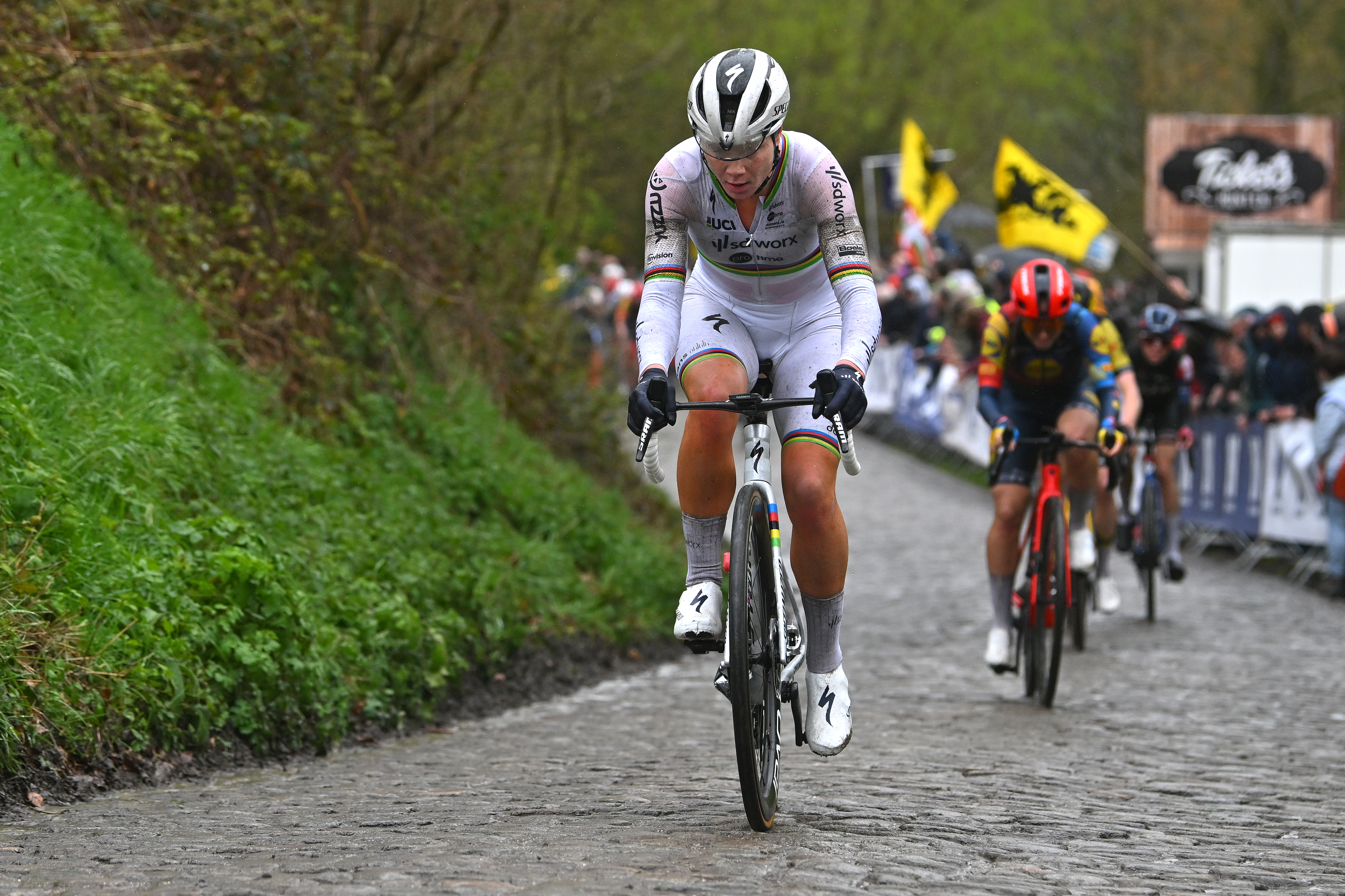 Mathieu van der Poel's history charge, the crucial Oude Kwaremont, and Lotte Kopecky time: Everything you need to know about the Tour of Flanders
Mathieu van der Poel's history charge, the crucial Oude Kwaremont, and Lotte Kopecky time: Everything you need to know about the Tour of FlandersThe Tour of Flanders finally comes on Sunday, here's how to watch, who to watch, and what to watch out for
By Adam Becket
-
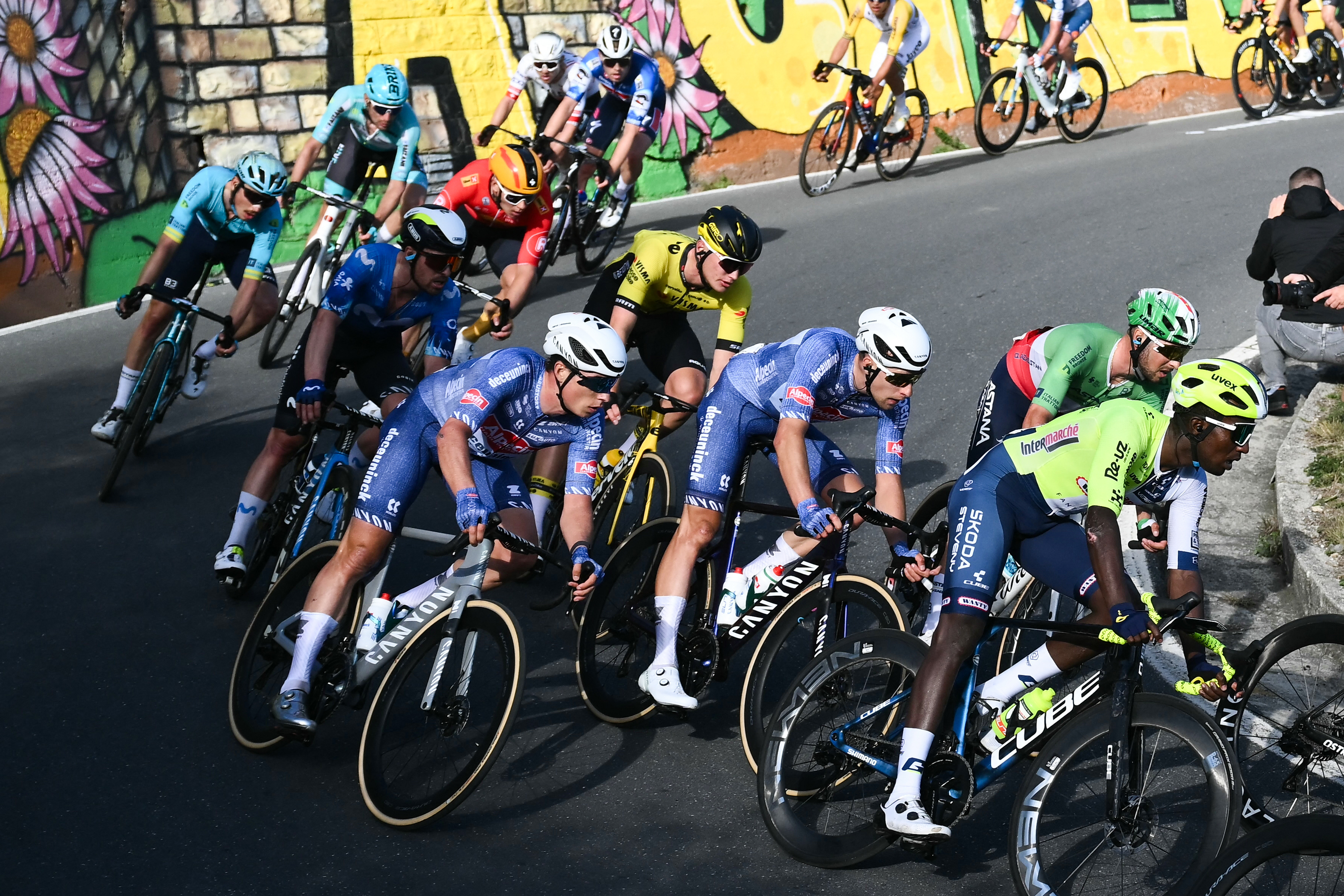 How to watch Milan-San Remo 2025: Everything you need to live stream the first Monument of the season
How to watch Milan-San Remo 2025: Everything you need to live stream the first Monument of the seasonAll the key information on broadcasters and live streams for Milan-San Remo on March 22, the first Monument of the cycling season.
By Tom Davidson
-
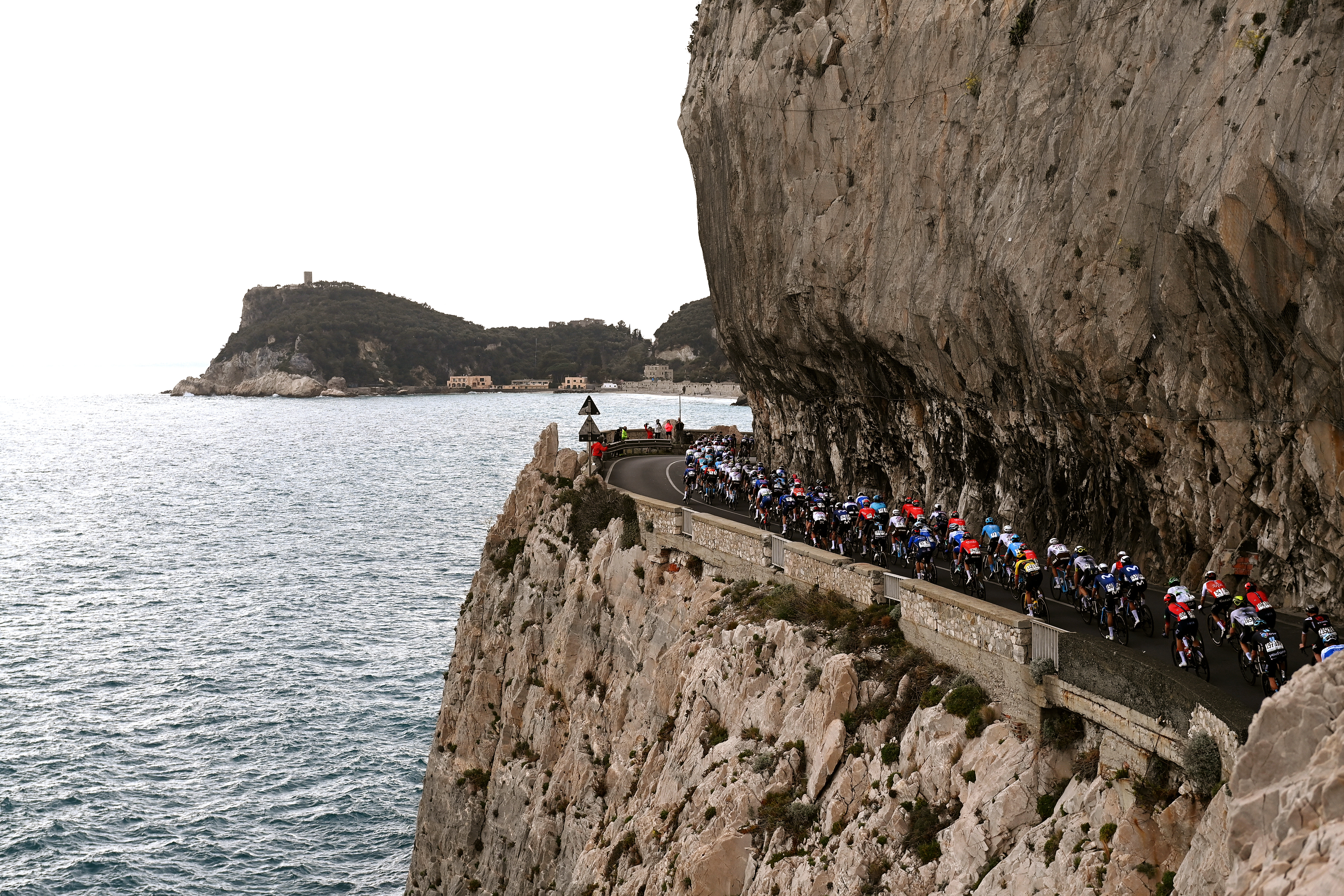 Tadej Pogačar's quest for glory, San Remo Women is here, and will a sprinter win? Everything you need to know about Milan-San Remo
Tadej Pogačar's quest for glory, San Remo Women is here, and will a sprinter win? Everything you need to know about Milan-San RemoMilan-San Remo and San Remo Women kick off the Monuments on Saturday, here's how to watch, who to watch, and what to watch out for
By Adam Becket
-
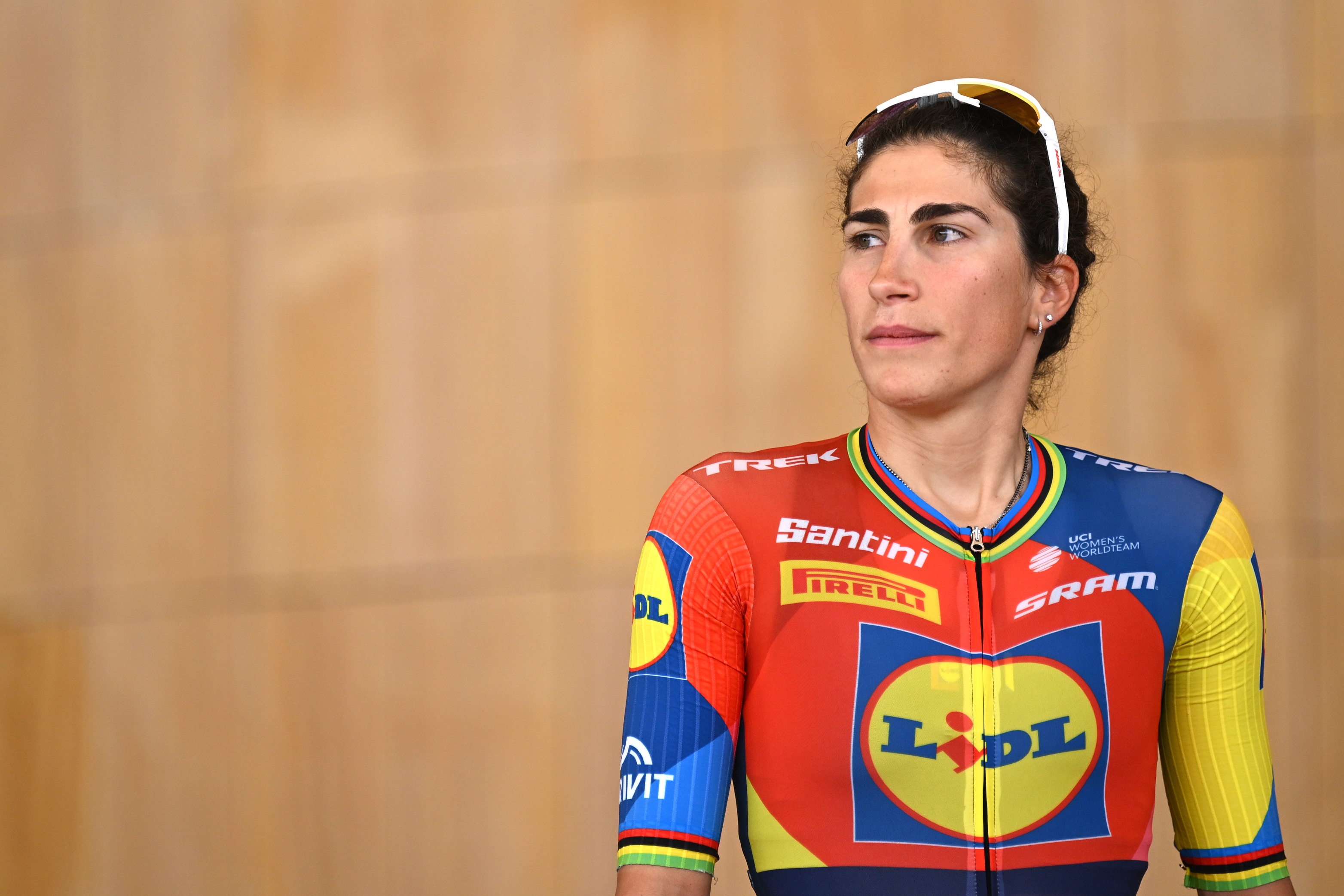 'Winning is a dream' - Suspense builds for return of women's Milan-San Remo after 20 years
'Winning is a dream' - Suspense builds for return of women's Milan-San Remo after 20 yearsRace's comeback marks a new milestone, say riders
By Tom Davidson
-
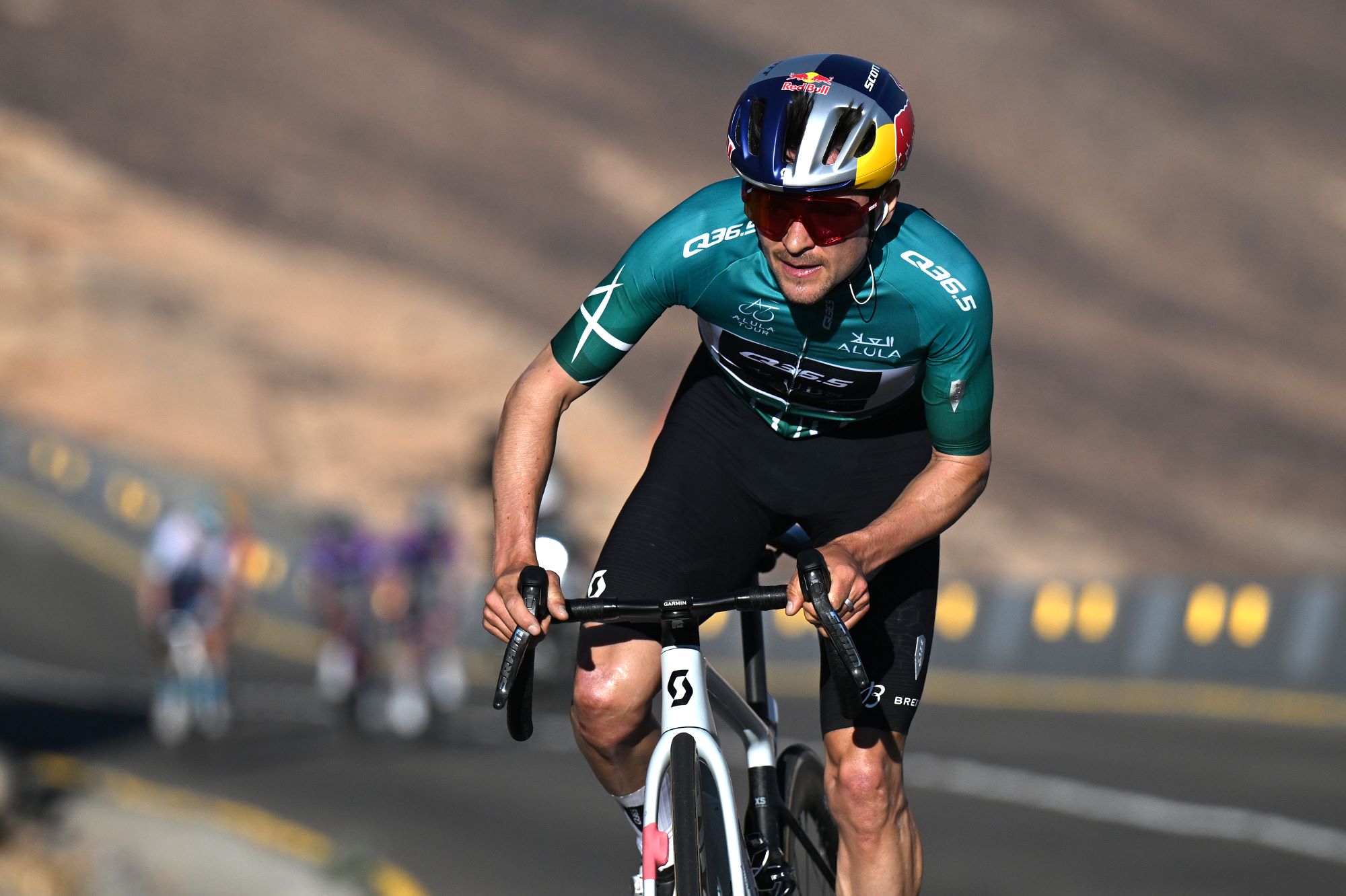 No Paris-Roubaix or Tour of Flanders for Tom Pidcock as he confirms spring calendar
No Paris-Roubaix or Tour of Flanders for Tom Pidcock as he confirms spring calendarAlUla Tour winner set to ride Strade Bianche and Milan-San Remo for Q36.5
By Tom Thewlis
-
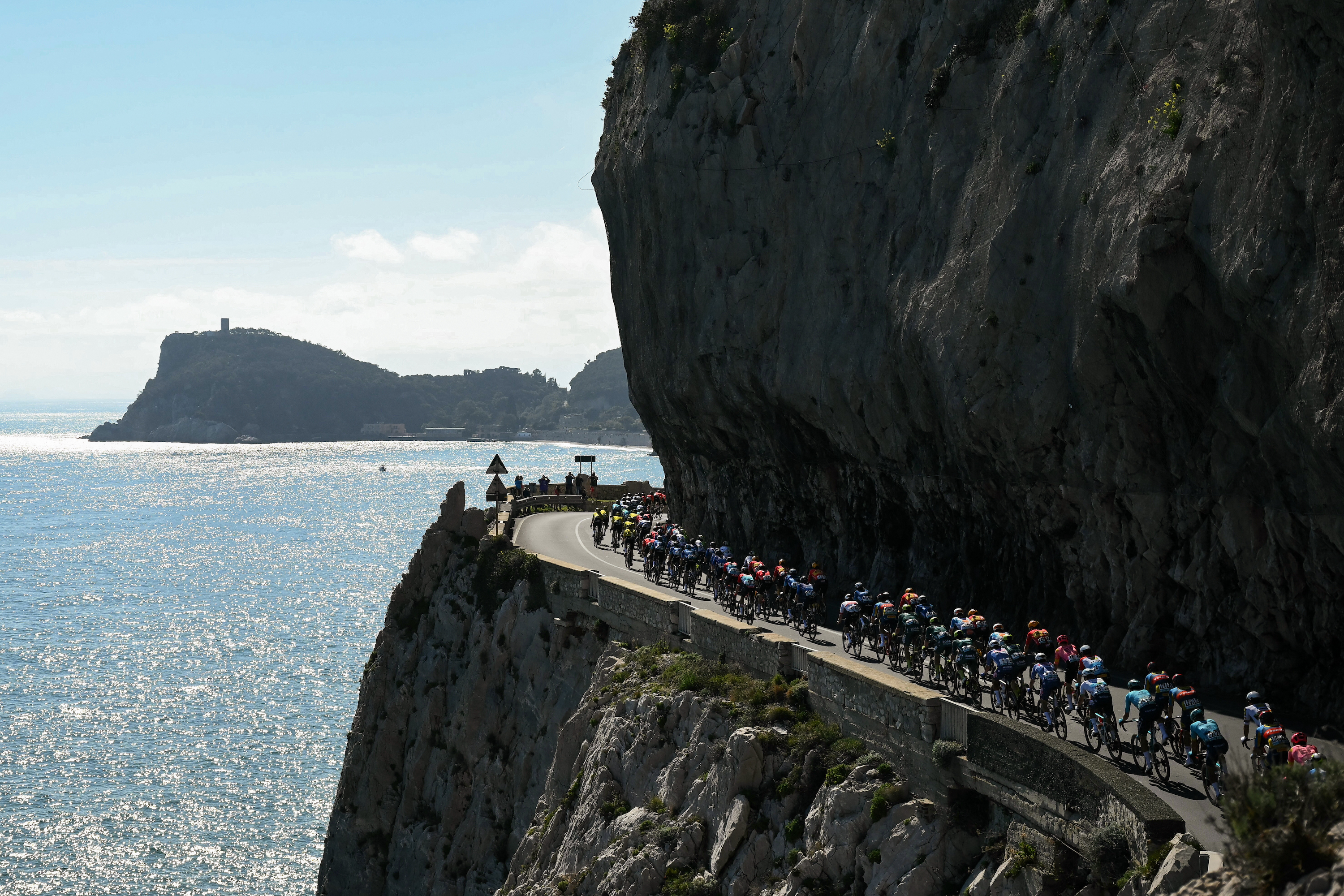 Women's Milan-San Remo confirmed for 2025, route and distance unknown
Women's Milan-San Remo confirmed for 2025, route and distance unknownUCI announces addition to Women's WorldTour calendar, meaning four of the five men's Monuments now have women's equivalents
By Adam Becket
-
 Mathieu van der Poel not intimidated by Tadej Pogačar’s form ahead of Milan-San Remo clash
Mathieu van der Poel not intimidated by Tadej Pogačar’s form ahead of Milan-San Remo clashDutchman starts his 2024 road season at Italian Monument on Saturday
By Tom Thewlis
-
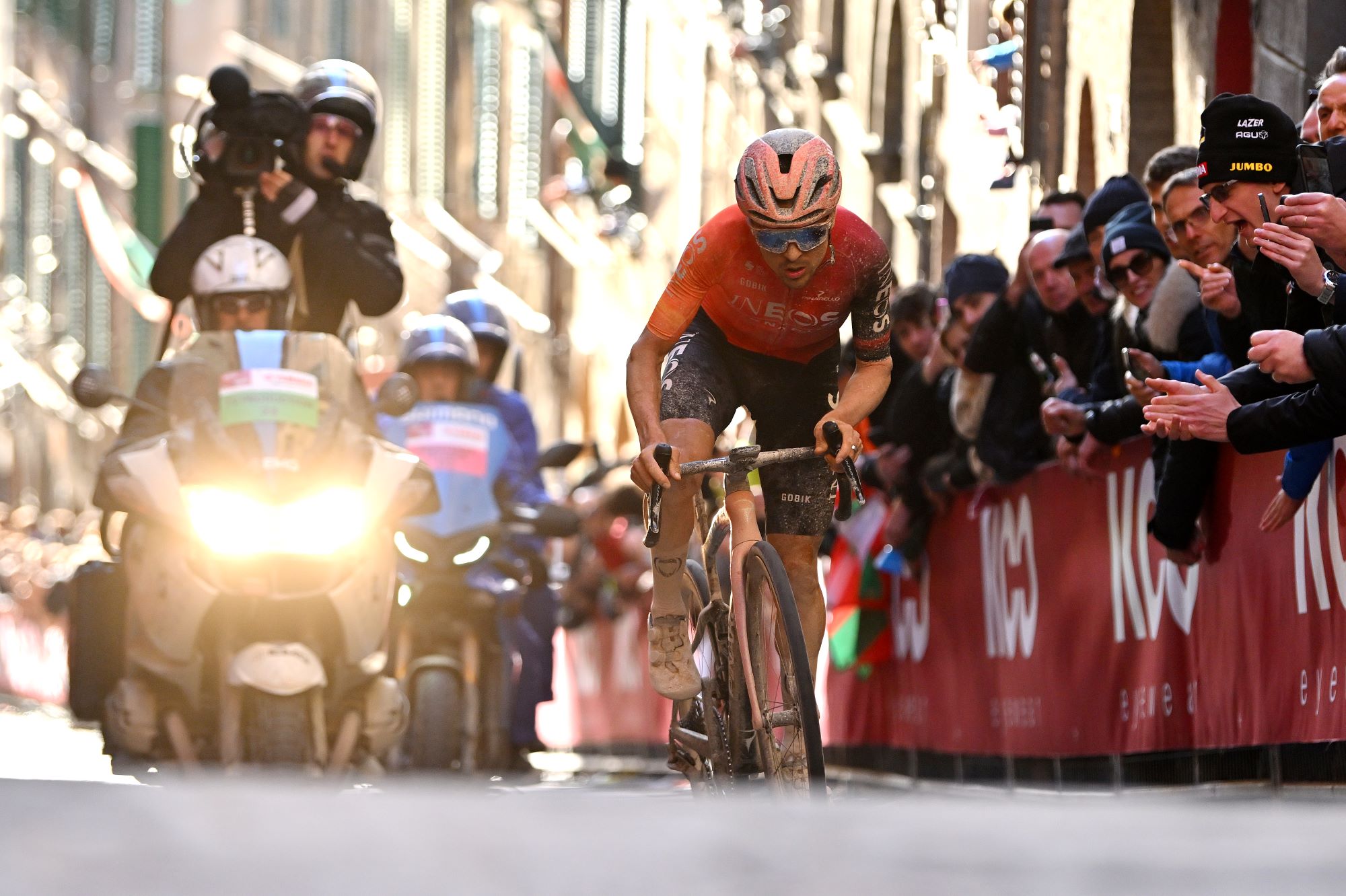 Tom Pidcock 'wouldn’t be surprised' to see attacks before the Poggio at Milan-San Remo
Tom Pidcock 'wouldn’t be surprised' to see attacks before the Poggio at Milan-San RemoBritish rider will lead the line for Ineos Grenadiers alongside Filippo Ganna
By Tom Thewlis